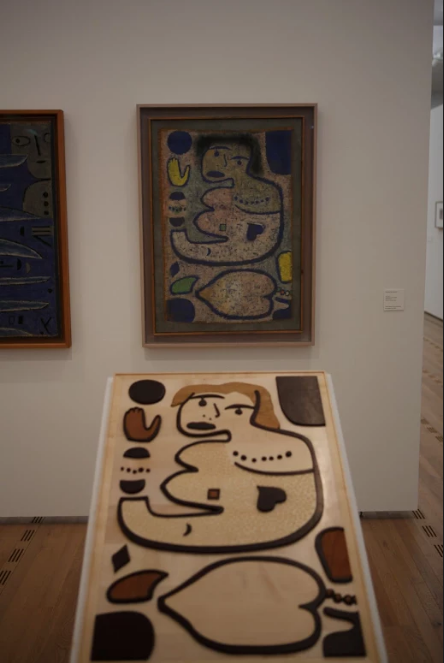Shirley Confino-Rehder stated in a paper presented at the International Conference on "Accessibility and Safety for All", May 2009, that it is our responsibility to provide artistic experiences for all people, including those with low vision. Sighted people experience all aspects of the art including the spatial and temporal features. This experience becomes harder to communicate with people who are blind or with low vision. Artistic experience for blind people is felt through the fingertips instead of the eyes and requires a tactile medium to communicate the spatial characteristics of the art.
The American with Disabilities Act (ADA), which was passed in 1990, requires that accommodations are made to allow for the equal enjoyment of the facilities by all who participate. This applies to museums, restaurants and retail stores. Museums have a particularly difficult task since much of the artwork, sculptures and artifacts are visual in nature. Some have solved this dilemma by providing tactile maps, audio describers, readers, and representative examples of the artwork along with written explanations.
The Paul Klee museum in Bern, Switzerland offers visually impaired museum patrons an opportunity to participate with the art by providing feel-good reliefs of certain exhibitions. This is a technique used to describe the painting description in Braille and includes a tactile formation of that same painting. This type of display provides vision-impaired patrons with the ability to participate fully in the art experience.
